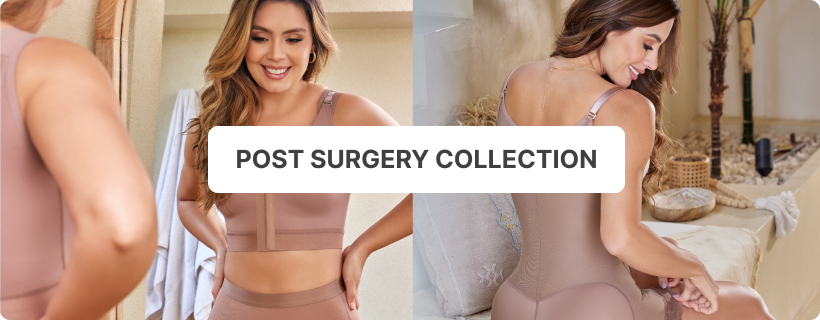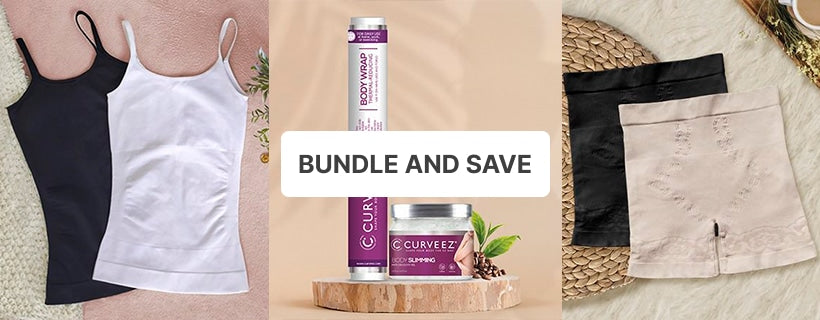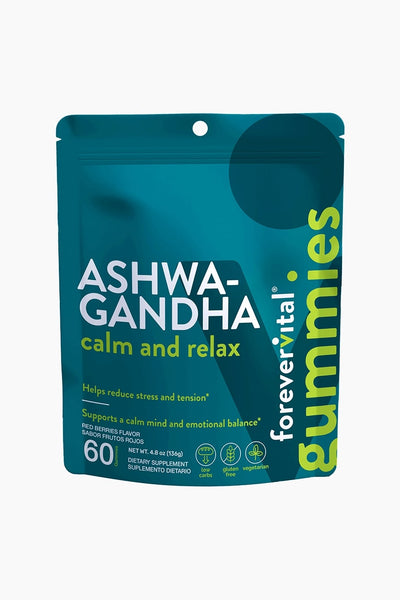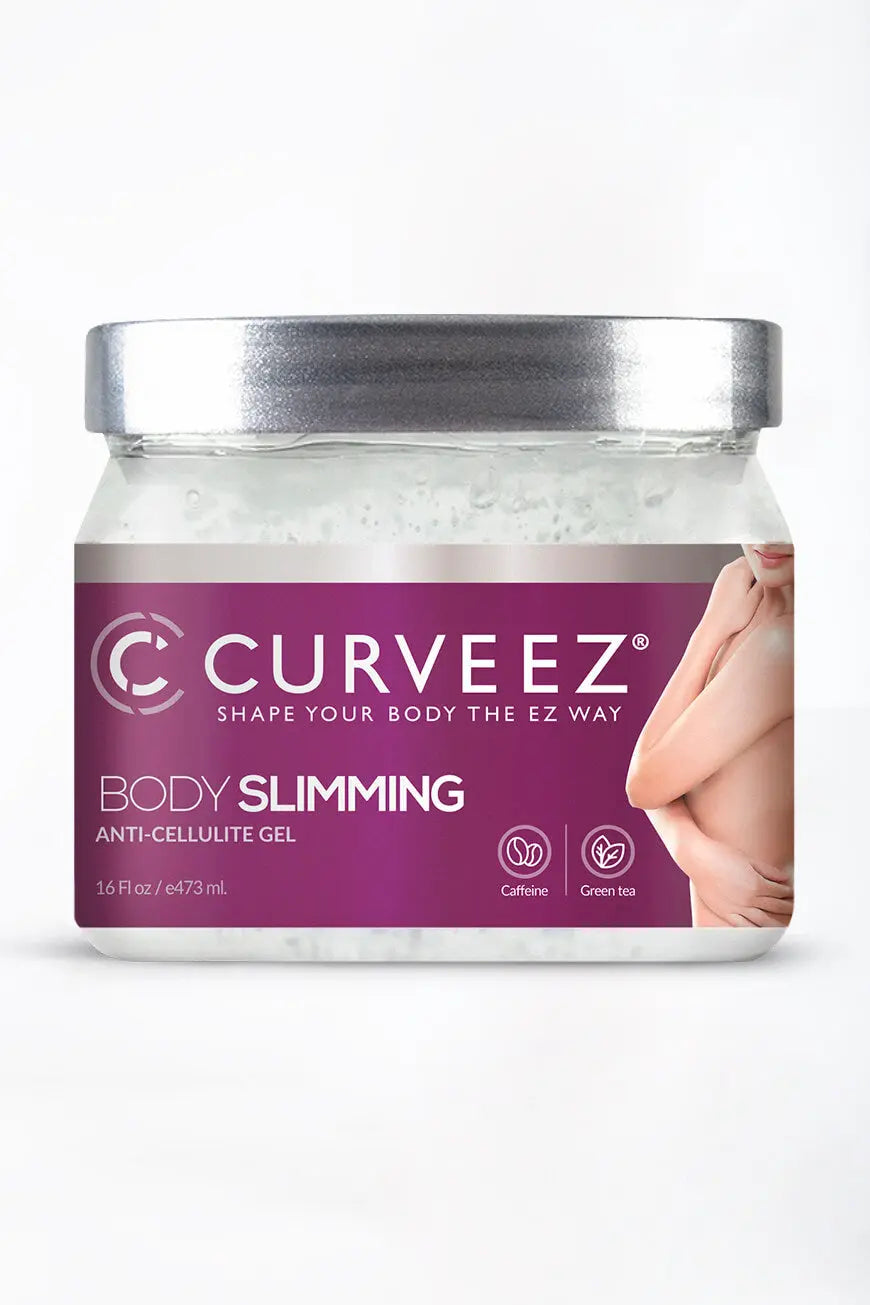
Ladies, let's talk about a crucial wardrobe staple: the undergarment that holds everything together: the bra!
Known by many names such as brassiere, brasier, boob sling, and "over-the-shoulder boulder holder", among others, finding the right bra can be a frustrating and overwhelming experience for many women.
With so many different styles, sizes, and brands, it's easy to feel confused and unsure about the best size and style for you.
Nonetheless, wearing a bra that fits correctly is essential not only for your comfort but also for your appearance and health.
But fear not! We're here to help you navigate the world of bras and find the perfect bra for you!
In this guide, we'll lead you through everything you need to know about choosing the correct bra style and size.
We'll start by disproving common misconceptions about bra fitting and then guide you through the step-by-step process of measuring your band and cup size.
Also explore different bra types for different body types, explain how to choose the right bra style for your outfit, and provide tips for bra shopping and assessing its fit.
Whether you're a first-time bra buyer or experienced in this matter, this guide will provide you with the information you need to find the perfect bra for your body and feel confident and comfortable all day.
Understanding the importance of a correct bra size
Wearing a bra that fits correctly is essential for your physical and mental well-being.
A poorly fitting bra can cause discomfort, pain, and long-term health problems. For example, back and shoulder pain, poor posture, and even breathing difficulties.
Another significant benefit of wearing a correctly fitting bra is that it provides adequate breast support. This is especially important for women with larger busts, as unsupported breasts can lead to sagging and discomfort.
Wearing the wrong size bra can also cause your breasts to spill out over the top or sides of the cups, creating an unflattering and uncomfortable look.
Another reason to wear the correct bra size is that it can help to enhance your natural shape and silhouette. A well-fitted bra can lift and separate your breasts, creating a more defined and flattering shape. This is especially important when wearing certain types of clothing, such as form-fitting dresses or tops.
Finally, as you may know, wearing a bra that doesn't fit well can affect your confidence, causing you to feel self-conscious about your appearance.
Wearing a correctly fitting bra can also help to boost your confidence and self-esteem. When you feel comfortable and confident in your bra, you're more likely to feel confident in your appearance overall. This can positively impact all aspects of your life, from work and relationships to overall well-being.
Common misconceptions about bra fitting: The bra myths

Regarding bra fitting, many wrong concepts and myths can confuse and affect a correct choice.
Here you have some of the most common misconceptions about bra fitting and the reason why they're not true:
Myth 1: You only need to measure your band size.
The truth: Measuring your cup size is as important as measuring your band size. In fact, many women wear the wrong bra size because they're only focusing on their band measurements.
Myth 2: The same bra size will fit well whatever the brand.
The truth: Different brands use different sizing systems, so trying on bras from different brands is important to find your correct size.
Myth 3: You should always wear a bra with an underwire.
The truth: Many women find non-wired bras more comfortable and supportive, especially for everyday wear. While underwire bras can provide additional support and lift, they're not the best choice for everyone.
Myth 4: Your bra size never changes.
The truth: Your bra size can change over time due to weight gain or loss, pregnancy, or other factors. You should re-measure yourself regularly to ensure you're wearing the correct size.
Myth 5: A bra should fit perfectly right away.
The truth: It's normal for a bra to feel slightly tight or uncomfortable when you first try it on. However, if it's painful or uncomfortable after a few minutes of wear, it's not the right size for you.
By understanding and dispelling these common misconceptions, you'll be better informed about finding a bra that fits correctly.
Bra sizing
This topic tries to give you an idea about bra sizing. In the US, bra sizes typically range from AA to K (sometimes larger).
The smallest bra size is typically an AA cup, although some brands may offer an even smaller size.
The biggest bra size can vary depending on the brand, but some brands make bras up to size N or beyond.
The average bra size has been increasing over the years and is currently around 34DD or 36DD. Nevertheless, this can vary depending on various factors, including age, weight, and genetics.
A step-by-step guide to finding your perfect bra size
By measuring both your band and cup size accurately, you'll be well on your way to determining the bra size for your body. But this is just the first step in finding your perfect bra size.
Next, we'll guide you through the process of measuring both.
A. Measuring your band size
Follow these steps to get an accurate measurement of your band size:
- Put on a non-padded bra that fits you well.
- Stand in front of a mirror with your arms at your sides.
- Wrap a measuring tape around your ribcage, just below your breasts. The tape should be parallel to the ground and snug but not too tight.
- Take note of the measurement in inches. Round up to the nearest whole number.
- Add four or five inches to your measurement to get your band size. For example, if your ribcage measurement is 29 inches, adding 4 inches will give you a band size of 33.
It's important to remember that your band size should feel snug but not too tight. If you can fit more than two fingers between the band and your skin, it's too loose, and you should try a smaller band size.
B. Measuring your cup size
Follow these steps to get an accurate measurement of your cup size, which is just as important as measuring the band size:
- Wear a non-padded bra that fits you well.
- Stand in front of a mirror and measure around the fullest part of your bust.
- Subtract your band measurement (around your ribcage just below your breasts) from your bust measurement.
- The difference between your bust and band measurements corresponds to a cup size.
- Based on this difference, use a bra size chart to determine your cup size.
The cup size can vary depending on the band size. So trying different sizes and styles is essential to find the best fit for you.
Remember, measuring your bra size is just the first step in finding the right fit. You should always try on real bras to assess their fit and comfort. And keep in mind that different brands may fit differently even though they are the same size.
In addition to help you to find your bra size, we share our:
Bra Size Calculator
Enter your measurements in our bra calculator to find your bra size:
Popular bra cup sizes
As mentioned before, the average bra size in the United States is around 34DD. But don't fret if that's not your size, as there's a wide range of cup sizes, from petite A cups to voluptuous G cups.
Let's talk more about some specific bra cup sizes.
For those that use a C-cup bra, you may feel like it's a pretty average size, but it's actually one of the most popular sizes in the US. C cup bra has a great balance of support and comfort and can work well with various clothing styles.
If moving up to a D-cup bra, you'll find that the support becomes even more critical. It's essential to find a bra with the right level of support to avoid discomfort and potential damage to the breast tissue. Many bra brands offer great options for those with a D-cup bra, ranging from underwire bras to full-coverage sports bras.
Conversely, those who use an H cup bra (H of "higher") may struggle to find a comfortable and supportive bra. It's important to look for bras with wider straps and a sturdy underwire to evenly distribute the breasts' weight. It may also be necessary to seek out specialty brands or stores that cater specifically to larger cup sizes, like an H-cup bra.
No matter your cup size, finding the right bra can be a game-changer for your comfort and confidence.
Experiment with different styles and brands until you find the perfect fit.
Bra types for different body type

Once you've determined your correct band and cup size, it's time to choose a bra that will provide the right level of support and comfort for your body type.
Here are some common bra types and which body types they work best for:
Bralette:
Offers light support and is perfect for smaller busts.
T-shirt bra:
It's seamless and provides a smooth appearance under clothing. It works well for those with a smaller bust.
Push-up bra:
It's designed to lift and enhance the bust. It's an excellent choice for those with a smaller chest who want to add extra volume.
Balconette bra:
Lifts the bust and creates a more rounded shape. It's a good choice for those with wider-set breasts.
Full coverage bra:
Provides full coverage and support for those with a larger bust.
Medium coverage bra:
Offers the perfect balance between coverage and support.
Sports bra:
It's designed to provide maximum support during physical activity. It's a good choice for those with an active lifestyle.
Post-surgery bra / Compression bra:
For those who have undergone breast surgery, this bra can provide the necessary support and compression for comfortable healing.
Multi-purpose bra:
It's a more versatile option. This bra can be worn in various ways, from strapless to cross-back, making them a great choice for various bodies and outfits.
Cupless bra:
Designed for various body types, this is typically best suited for women with smaller to medium-sized breasts who don't need the support of a traditional cupped bra. The cupless bra is often considered a type of sexy bra because it exhibits a revealing, seductive look.
Strapless bra:
This bra is designed to stay in place without straps. It's an excellent choice for those wearing strapless or off-the-shoulder clothing.
Racerback bra:
With straps that join in the back, this bra can provide additional support for those with larger busts or who engage in physical activity.
Wireless bra:
This bra can be a great choice for those who prioritize comfort.
Front snap bra:
This bra can be an excellent option for those with mobility issues or who find traditional clasps difficult to manage.
Choosing the right bra style for your outfit
Now that you can choose which bra type works best for your body type, it's important to choose the right bra style for your outfit.
Here are some tips to consider:
Low-cut outfit
If you're wearing a top or dress with a deep V-neckline, choose a plunge bra that will provide support and lift without being visible.
Strapless outfit
If you're wearing a strapless dress or top, opt for a strapless bra or a bra with convertible straps that can be removed or adjusted to fit your outfit.
Backless outfit
If you're wearing a backless dress or top, choose a bra with a low back or a bra converter that allows you to adjust the straps to fit your outfit.
Tight-fitting outfit
If you're wearing a tight-fitting dress or top, choose a seamless bra that won't show any lines or bumps.
Sheer outfit
If you're wearing a sheer or see-through top, choose a bra that won't be visible underneath, such as a bralette or a bandeau.
Bra shopping tips: How to try on and assess fit
Shopping for bras can be exhausting, but it is worth it. With these tips, you'll be able to find the perfect bra without getting tired:
- Know your measurements: Know your band and cup size before shopping. This will save you time and help you find a bra that fits well.
- Assess the fit: When trying on bras, make sure the band is snug but not too tight and that the cups are smooth and without any gaps or spillage. The center gore should lie flat against your chest.
- Adjust the straps and band: Do it when trying on bras to ensure a snug but comfortable fit. The straps should be adjusted so they're not too loose or tight. They should also be comfortable and not dig into your shoulders.
- Check the back: Make sure the bra also fits well in the back. The band should be level all the way around and not ride up.
- Move around: Once you've found a bra that fits well, move around to ensure it stays in place and feels comfortable.
- Test the fabric: Choose a fabric that feels comfortable against your skin and won't irritate you throughout the day.
- Try on different styles and brands: Do it to find the one that works best for you. What works for one person may not work for another.
Don't be afraid to ask for help from a sales associate, and don't settle for a bra that doesn't fit well or feel comfortable. Remember!: a well-fitting bra is critical to feeling confident in your clothes.
Your perfect bra is close!

The correct bra size is essential for your physical and mental health. It's important to take the time to measure yourself correctly and try on different sizes and styles to find the perfect fit.
No matter your body type, there's a bra out there that can provide the perfect balance of comfort and support. Take the time to explore different sizes, styles, and brands to find the one that is the ideal fit for you.
Feel free to ask for help from a sales associate or bra fitting expert if needed.
The right bra should not only provide the right level of support and comfort but also make you feel confident and beautiful.
Moreover, with the right fit, you can improve your posture, reduce discomfort, and feel confident and comfortable in any outfit.
Remember, a bra can enhance or destroy how an outfit looks like. So choose the right style for each outfit you wear. And don't forget to check the fit and comfort of your bra throughout the day to ensure you're feeling your best.








